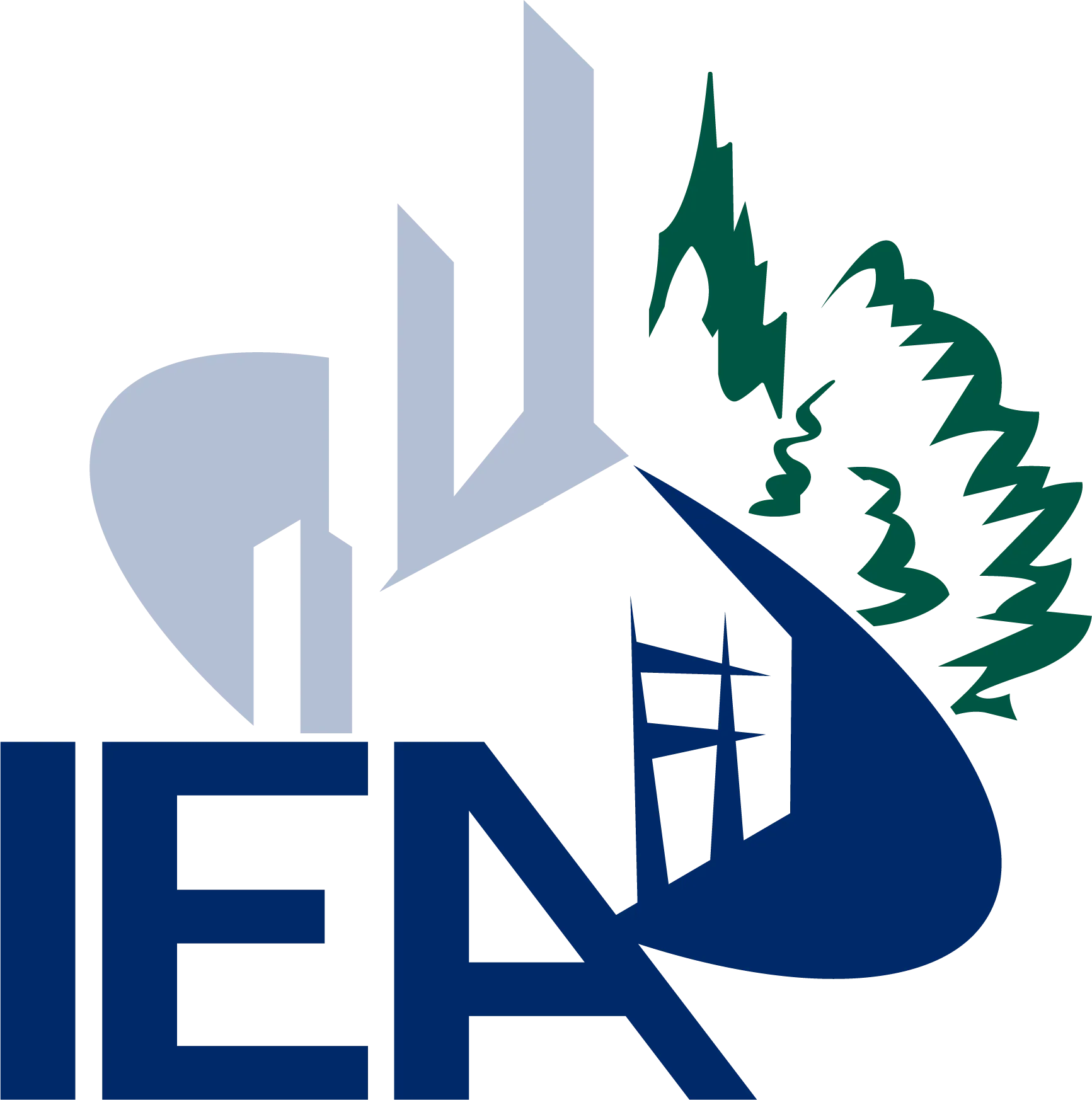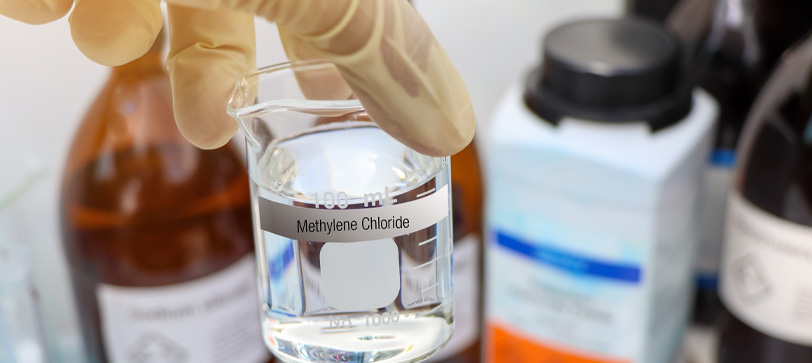What Colleges, Universities, and Industrial Facilities Need to Know
The Environmental Protection Agency (EPA) has issued a new Workplace Exposure Rule for methylene chloride, working closely with OSHA to establish guidelines under the Toxic Substances Control Act (TSCA). These updated regulations highlight the health risks associated with methylene chloride, a solvent widely used in various industries.
What is Methylene Chloride?
Methylene chloride is a powerful solvent commonly found in:
- Adhesives and coatings
- Pharmaceuticals
- Metal cleaning and chemical processing
- Aerosol products
- Laboratory process solvents
The EPA has determined that methylene chloride poses unreasonable health risks, resulting in a ban on its use in products for consumer and most commercial applications.
However, laboratory operations are still permitted, meaning educational institutions may continue to use methylene chloride in some programs.
Implications for Colleges and Universities
If your institution uses methylene chloride in laboratory operations, it’s critical to understand the new EPA Workplace Exposure Rule:
- Lower exposure limits:
- 2 ppm over an 8-hour time-weighted average
- 16 ppm 15-minute short-term exposure limit
- Deadlines for compliance:
- Existing facilities: Initial industrial hygiene monitoring must be completed by May 5, 2025.
- New facilities: Monitoring must occur within 30 days of product use.
- Compliance options:
- Conduct industrial hygiene monitoring.
- Eliminate methylene chloride use and consider substitutes like ethyl acetate.
How IEA Can Help
At IEA, we’re here to support you in achieving compliance with the EPA’s new regulations. Our services include:
- Compliance Assessment: Guidance on testing and timelines based on EPA, OSHA, and TSCA requirements.
- Industrial Hygiene Monitoring: Measuring exposure levels for facilities using methylene chloride and providing training for safe use.
- Product Inventory and Disposal: Assisting with inventory management and proper disposal through licensed hazardous waste disposers.
- Creation of the Workplace Chemical Protection Program that is required in order to continue the use of Methylene Chloride.
Compliance Timelines* for the Workplace Chemical Protection Program
Initial Monitoring
Complete initial monitoring.
Demarcate regulated area within 3 months of initial monitoring date.
Provide respiratory protection within 3 months of initial monitoring data but no later than 15 months after final rule.
Existing Facilities. Before May 6, 2025 (360 days after final rule publication)
New Facilities. Within 30 days of initiating use.
Exposure Limits and Dermal Protections
Ensure methylene chloride inhalation exposures do not exceed the ECEL (2 ppm as an 8-hr YWA) and EPA STEL (16 ppm as a 15-min TWA) for all potentially exposed persons.
Provide respiratory and/or dermal protection if application.
Existing Facilities: Before August 1, 2025 (450 days after final rule publication)
New Facilities: Within 90 days of initial exposure monitoring.
Exposure Control Plan
Develop and implement an exposure control plan.
Notify potentially exposed persons of completion of exposure control plan within 30 days of its completion.
Provide requested records by a potentially exposed person within 15 days of request.
Existing Facilities: Before October 30, 2025 (540 days after final rule publication)
New Facilities: update as necessary, but at least every five years.
Other Monitoring
Periodic Monitoring: Conduct at a minimum every 5 years, but could occur as frequently as every 3 months, dependent upon initial monitoring results.
As Needed Monitoring: Conduct additional monitoring after any change that may introduce additional sources of ethylene chloride exposures or result in a change in exposure levels.


